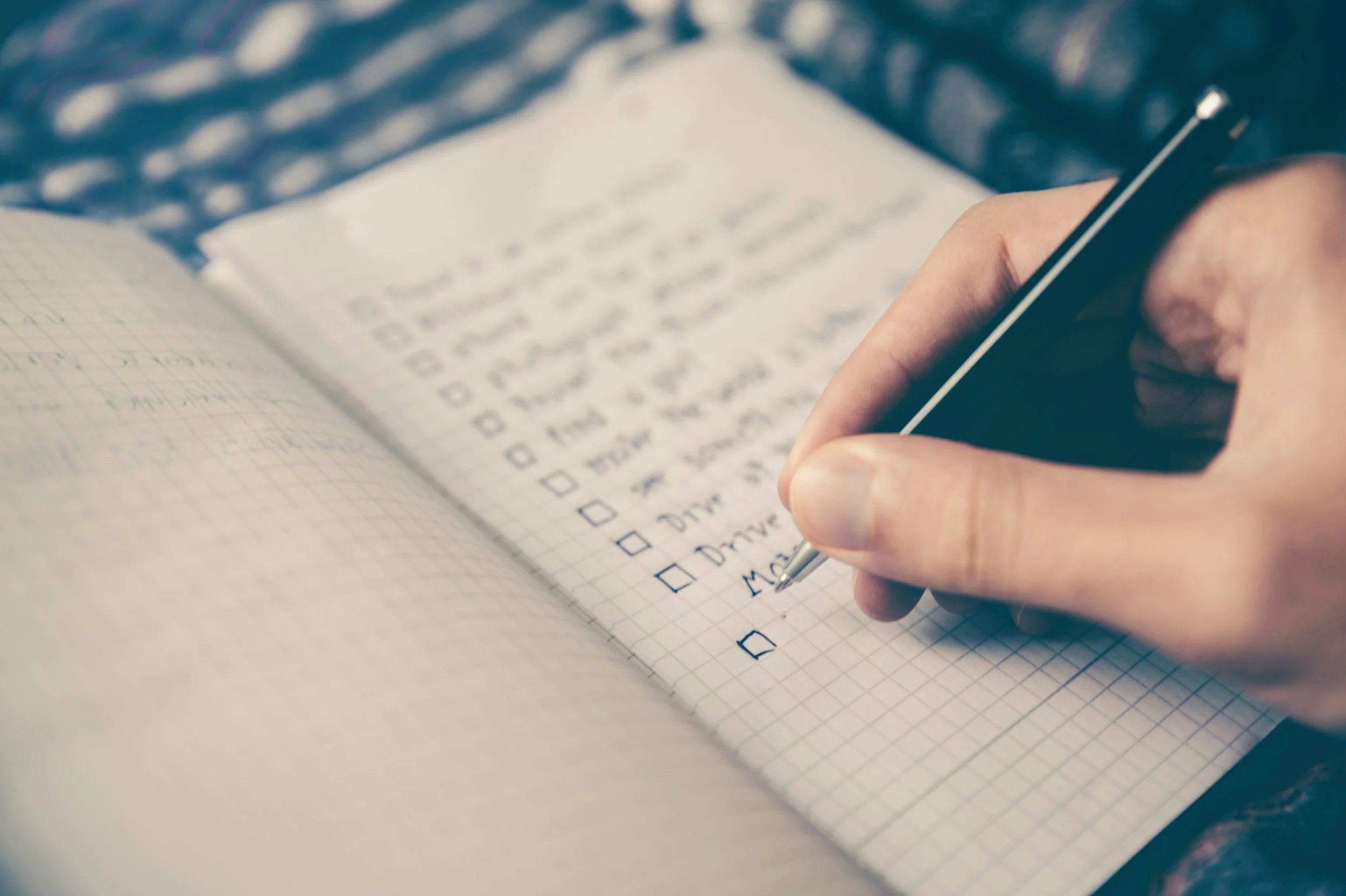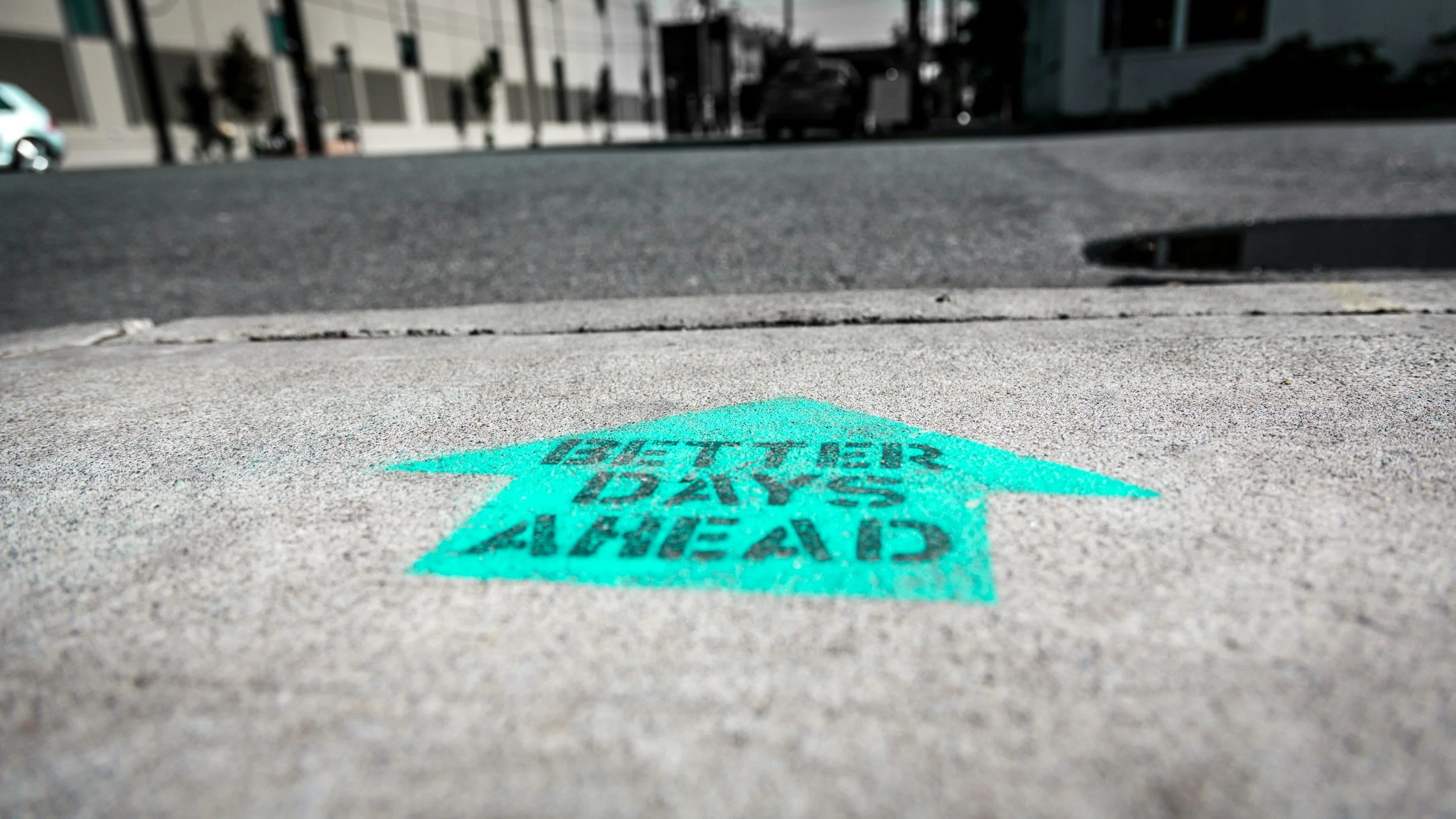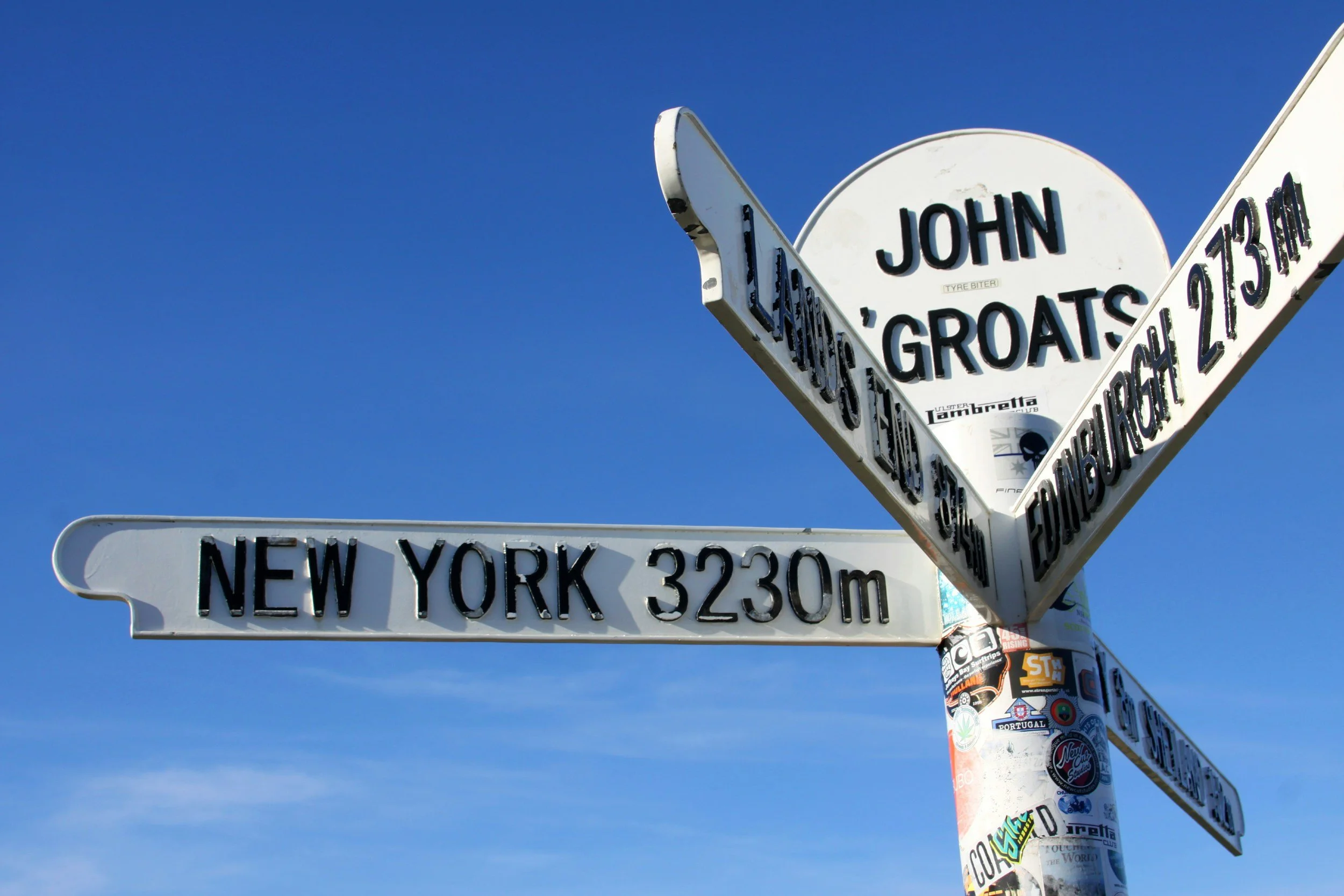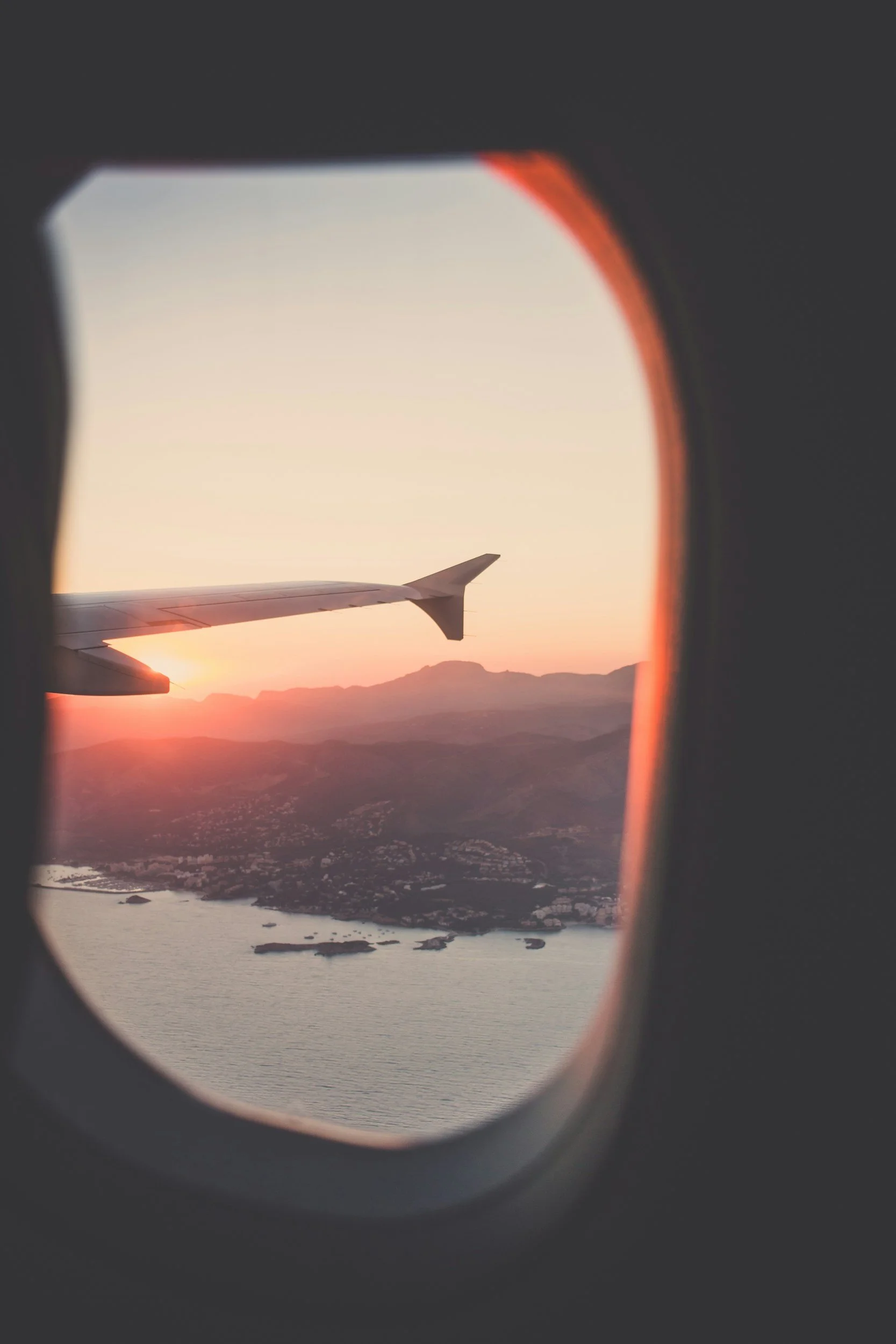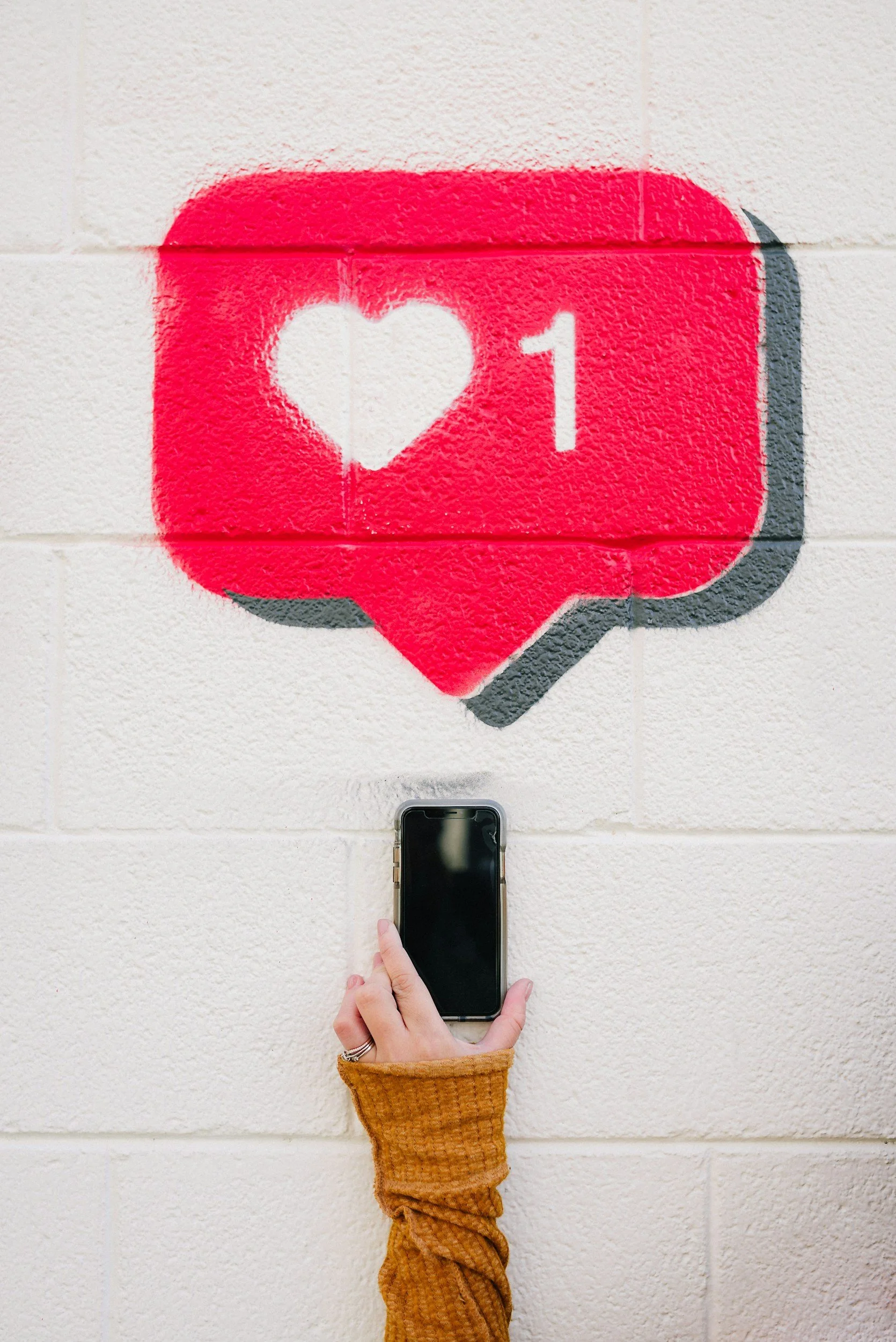How to Overcome a Creative Rut in Photography: Tips and Strategies for Every Photographer
We’ve all been there. We don’t have any ideas, we don’t have the want to get up and go out to shoot and find every excuse under the sun not to go out (there’s no light, it’s raining, *insert your own here*) and sometimes, you’re just not “feeling it”. So what do you do when you’re feeling this? How could you get yourself out of it? How do you recover that lost will to go and shoot? In this blog, I’ll go through some of the things that I have done when I’ve struggled to pick up the camera.
Thankfully, this hasn’t happened to me in a long time. I’ve always loved photography since the first time I really started to do it seriously about 6 years ago, but there have been times when I just couldn’t be bothered, or simply wasn’t feeling like I wanted to. Let’s not also forget that most of us are doing this as a hobby and simply don’t always have bags and bags of disposable time to go out and shoot! Sometimes, it can be just a struggle to know what to do and where to do it.
I’ve been fortunate enough not to have ever felt like giving it up, but but under this intro, you’ll find some of the strategies I have used to get me off the couch to get out to shoot.
These tips/ideas aren’t exclusive to landscape photography, let alone landscape photography in The Lake District (which is what I talk about a lot on here), they will will work for everyone who owns a camera. You don’t need to go out and by things to help you with any of it, most photographers will have the things I talk about in this blog already. In fact in one part of this entry, I’m going to tell you not to buy gear to help with this problem!
Anyway, enough waffle. Let’s jump in…
This blog contains Amazon affiliate links and I may receive a small kickback if you make a qualifying purchase after clicking one of my links. The images in this blog are from unsplash.com and credits are at the bottom of the page.
1: Build a Shot List
I like this one because it’s free (most of us already own a pen/pencil and a piece of paper), it’s easy and it encourages you to look at other photographer’s work, or to actually go out and explore (when I am shoot planning, it tends to be a mixture of both). Doing the latter means that just in the planning stage, you are likely to go and scout the location and take the camera with you.
Come up with a list of locations and some ideas of photos that you would like to get, find some spare time in your day/week, and then head out and start to tick them off!
As with another point further down this blog, don’t plan exactly what shots you want to get - if you end up not
getting the shot(s) it makes the whole exercise feel like a bust and this could put you deeper into the rut that we are trying to escape here.
My final point about any list is that it allows you to see your progress, ticking things off as you go can help you feel a real sense of accomplishment.
2: Look at Photography Books
I have a not inconsiderable collection of photography books from a wide variety of photographers and in all manner of styles. Look at the greats and check out some newer more contemporary photographers. It’s worth looking in magazines as well. As a landscape photographer, I get Outdoor Photography Magazine every month. Other magazines are available so find which one is the one for you and try it out.
Photobooks are a bit of a double edged sword. They’re great ways to find things you want to do and maybe to find a new technique you want to try but on the other hand, they are also a great way to limit your creativity to a certain extent.
The problem is that we often see photos that other people have taken and think “I want to go and shoot that”, and you come home and you’ve got a great picture that another, unknown number of photographers have got too and can mean that in some ways, your image lacks originality. There’s nothing wrong with shooting ‘honeypot photos’, they’re great ones to have in the bag and will generally do well on social media, but they’re just not original. Look around when you’re out and find something new: be the one who’s copied, not the one who copies.
If you’re looking to improve your composition, then there are some great resources online, or take a look at The Photographer’s Eye by Michael Freeman, it’s a great resource and can give you some great ideas that you can apply to the different scenes that you plan to shoot and perhaps even some new ideas for a favourite location.
3: Challenge Yourself (a post a day/a shot a day)
There might be some days that you don’t post, and that’s ok. Just post two shots the next day, but don’t take the Mickey with missed posts - not posting for a whole month and then posting 30 photos on one day to make up for it isn’t really in the spirit of the challenge!
If you’re someone who is into social media then challenging yourself to a post a day is something you can try in order to get you out shooting. If you’re going to post every day, then you don’t need to go and shoot everyday that isn’t possible (or sustainable!) for many people, but if you like a challenge then this is something that with a little bit of effort, will ensure that you are out shooting to build up enough content to have something to post every day for a whole year.
You could try to do a shot every day, a nice (but massively expensive) way to do this could be with a Polaroid, but have you seen the price of I-type film lately? Trying to do this with colour I-type film would set you back somewhere in the order of £700!! If you don’t have money to burn then this isn’t the way to do it.
However, if you did want to shoot every day for a year, just one shot, then this can be doable, with some caveats, and gets you into the habit of taking your camera with you every day and if you need to shoot locally (see point 4 for some tips on this), then this can be a great way to start building up a fairly cohesive body of work.
4: Shoot in Your Local Area
I can already hear the cries of “but where I live is boring” or “there nothing to photograph where I live”. It isn’t and there is. You just haven’t found it yet, because you haven’t tried doing this. There is a ton of YouTube videos on this subject (usually called something like “Photographing a Boring Town”).
This can be a great way to find the interest and the beauty in the everyday. When you go out and start looking, you will start to notice the details and the compositions will start to present themselves to you.
If you have a massive camera, it can feel a bit intrusive and a bit like everyone is looking at you. Two things will help here: 1) The more you do it, the less weird it’s going to feel and 2) stick a smaller lens on the front of your camera. My 80D is a bit of a unit, but if I stick something like a 50mm, 35mm or even my pocket dispo (read my review here) on the front of it, you will reduce the size of your camera and it won’t draw as much attention to what you’re doing.
5: Come up with a Personal Project
This ties in neatly with the point above. With something like this, anything is possible, but start small. The hardest part of this can be figuring out what it is you want to do. It could be anything from documenting family life, taking photos at football matches you attend (I’m off to see the mighty Barrow AFC play in league two later and will be taking it with me), shooting around town and building your street photography skills to a still life project in the studio.
This is only going to cost you time, and it might uncover a hidden passion and could even encourage
you to step out of your comfort zone and try a style of photography that is new to you. The image for this section uses intentional camera movement (ICM), and is a fun and free way to develop a new skill and maybe find a new artistic passion in your photography.
I know it’s a bit cliché, but the possibilties for this are endlesss.
Some ideas to get you started could be:
Changing Seasons (longer term project)
Empty Streets (good for low light fans)
Everyday Objects Reimagined (Find interest and/or beauty in the everyday)
6: Take your Camera Everywhere
I mean literally everywhere. Going to the shops? Take your camera. Walking the dog? Take your camera. Driving long distance? Take your camera. Going to a museum? Take your… you get the idea.
I recently ‘found’/remebered I had a very small, very old digital camera that was given to me by a relative when she was clearing some stuff out. I am going to be taking this everywhere with me for a month to see what I can come up with and how it affects what I do. The point here though isn’t about buying new gear, it’s not about having the best gear, it’s about having your camera with you. The time when your camera isn’t with is the only time it’s useless.
It’s also likely to be the time when the best light and the best opportunities present themself to you. It will stop those “I wish I had my camera with me/if only I had my camera with me” moments and grabbing an absolute banger of a photo when you wouldn’t have normally had your camera with you can be inspiration enough in itself.
7: Plan a Trip with Photography in Mind
Pick somewhere you want to shoot. Plan a trip there. Get out and shoot. I had written this first sentence just as some placeholder text as I was planning this blog, and as reminder to me what I wanted to write when I got round to fleshing this out. Now I am looking at it, I kind of feel like it doesn’t need anything else adding to it!
Find a new location, research it, consider what shots you want to get and then go out and get them. I think with this though, and the mindset that the this blog aims to address, it’s really important not to plan your shots in too much detail. I say this because whilst it is good to have something in mind, if you don’t tick them off your list, or you don’t get the light you wanted/needed then you could well come away from a shoot like this feeling like you have failed, and that’s not what we’re trying to do here.
And yes, I know the image in for this entry is the view from a plane window, but this doesn’t need to be a huge trip - you could combine this with a local area project, or a longer trip that you can turn into a day out, you don’t need to get on a plane!
8: Try Something New
This one feels like it is fairly obvious.
This could be a new style of photography, a new technique or you might even decide to branch out and shoot some video if you haven’t done much of that before.
As long as it’s something new for you, it doesn't matter what you do, but have an idea and then go and try it.
Some things that you could try:
Long Exposure
Astrophotography
Intentional Camera Movement (ICM)
Taking out just one lens and sticking to that focal length. (If you only have a zoom, pick a focal length and be honest with yourself!)
9: Revisit a Favourite Spot
This is another point which I think really speaks for itself, but for the avoidance of doubt, here’s what I mean…
We all have spots that we love. These are the places that we return time, after time, after time. Sometimes we know why we go back, sometimes we don’t know what it is that draws us there, and that’s the beauty of it. I have a few places that are my go -to’s, and one of my all time favourite shots comes from one of these spots. Yet I keep going back.
I think part of it is because it looks so different at different times of the year, and the sunsets across the fells are often very colourful and seem to last forever!
It might be that your favourite spot is a real honeypot location for a particular shot and you’ve not managed to nail it yet - go back and have another go; you never know, this could be the time that you get the perfect light and everything comes together to give you the shot that you’ve been hoping for.
I think that well over 99% of the shots we take are truly once in a lifetime, so make sure you’re there to capture it.
10: Don’t Buy Gear
For me, this is one of the most important ones. You should only by gear when you need it, not because you think it will make you go out and shoot. I’ve done this before, so learn from my mistake. I didn’t learn the first time. Or the second.
It didn’t cost me a ton of money, but that’s beside the point. Every time I did this, I ended up with a shiny new desk ornament for the first few weeks as when these items arrived, they just sat unused for longer than they should do and I just ended up taking them out the next time I thought I might need them. I didn’t. These weren’t things I needed, they were things I wanted and probably because I thought they would solve my lack of motivation, and that just wasn’t the case.
Save the money and when you do need to upgrade something, you’ll already have a chunk of it there. Or save the money and use it to visit somewhere new, this is far more inspiring than having a new toy to (not) play with.
Feeling stuck happens to every photographer, but the key is to keep moving forward. If you found this guide helpful, don’t forget to save it for later and explore more of my blogs for fresh inspiration. And if you’d like regular tips, insights, and behind-the-scenes updates straight to your inbox, sign up to my mailing list. It’s the best way to stay inspired and never miss new content.
Photo Credits:
Header Image: @ryansnaadt @unsplash, List writing: @glenncarstenspeters @unsplash, Stack of books: @kimberlyfarmer @unsplash, Better Days Ahead: @carrier_lost @unsplash, Signpost: @deemoonie @ unsplash, ICM: @photoken123 @unsplash, Here the and everywhere: @jannerboy62 @ unsplash, Aeroplane window: @vorosbenisop @ unsplash, NEW Graffiti Wall: @jannerboy62 @unsplash, Instagram like: @karsten116 @ unsplash, Kid with crossed fingers: @markusspiske @unsplash


